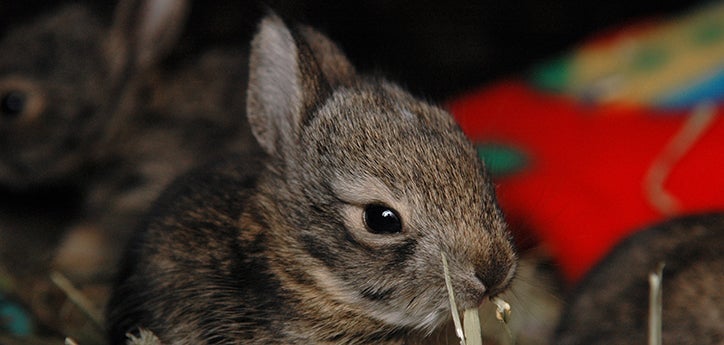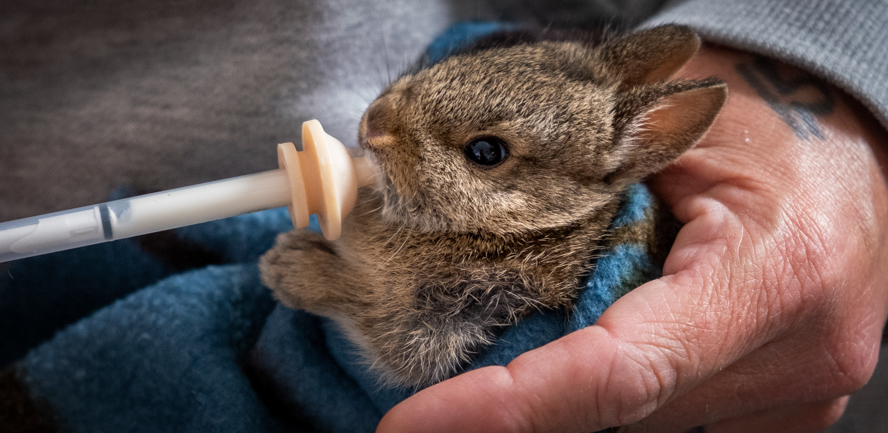Comprehensive Solutions for Wildlife Removal Burlington: Securing Your Home
Comprehensive Solutions for Wildlife Removal Burlington: Securing Your Home
Blog Article
The Function of Humane Wild Animals Removal in Protecting Local Ecosystems
Humane wild animals removal is not simply an honest consideration however an essential part in securing local ecosystems. By focusing on non-lethal techniques, it deals with the fragile equilibrium in between human expansion and wildlife environment conservation. This strategy not only reduces disputes however additionally ensures the sustainability of biodiversity. Yet, the efficiency of these approaches warrants better examination, especially in metropolitan setups where human-wildlife communications are significantly complex. As we consider the effects of our approaches and their influence on ecological harmony, one need to wonder about how these practices can be optimized to cultivate a much more symbiotic relationship with nature.
Comprehending Human-Wildlife Conflicts
Human-wildlife disputes commonly emerge when the all-natural environments of pets intersect with human tasks, leading to competition for sources and area. As urbanization and farming development remain to trespass upon wild animals areas, animals such as deer, prairie wolves, and raccoons discover themselves in closer proximity to human populations. This closeness can lead to harmful influence on both wild animals and humans, as pets may create damages to plants, facilities, and personal effects while human beings might inadvertently damage wildlife with habitat devastation and other anthropogenic stress.
The intricacy of these conflicts originates from a range of factors. Modifications in land usage, climate change, and the fragmentation of ecosystems usually require wild animals to adapt to brand-new settings, sometimes leading them right into commercial or property locations. Additionally, the accessibility of human-generated food resources, such as garbage and family pet food, can bring in wildlife to human settlements, aggravating communications and potential disputes.
Resolving human-wildlife problems requires a nuanced understanding of animal actions, eco-friendly dynamics, and socio-economic considerations. By examining these policymakers, interactions and preservationists can establish approaches that aim to reduce disputes while preserving biodiversity and maintaining environmental balance. The objective is to promote conjunction and reduce negative effect on both human areas and wild animals populaces.
Value of Non-Lethal Techniques
Non-lethal methods of wild animals removal embody this principles by offering solutions that protect against injury to wild animals while dealing with human problems. By utilizing such strategies, we can take care of wildlife communications without resorting to deadly steps, thus maintaining animal populations and reducing ethical worries connected with murder.
Non-lethal techniques are essential in keeping environmental balance. They ensure that species remain to accomplish their duties within ecological communities, such as regulating bug populations or cross-pollinating plants. These methods commonly prove a lot more reliable in the lengthy term, as removing private pets can produce a gap that is quickly loaded by various other members of the species or different species completely. This can bring about a cycle of ongoing removal efforts, whereas non-lethal deterrents deal with the source of wild animals visibility.
In addition, non-lethal strategies foster conjunction by informing the general public concerning wildlife actions and motivating unified living techniques. This understanding can lead to extra sustainable human-wildlife interactions, inevitably protecting both community rate of interests and animal well-being.
Benefits for Biodiversity
When non-lethal wild animals elimination methods are utilized, they add dramatically to biodiversity conservation. By guaranteeing the secure moving of pets instead than their elimination, these approaches maintain environmental balance and safeguard the honesty of ecosystems.

Furthermore, these approaches promote coexistence in between people and wildlife, lowering unfavorable interactions and maintaining the rich tapestry of life that characterizes biodiverse areas. This method urges a deeper understanding and regard for wildlife, cultivating neighborhood support for preservation efforts. Ultimately, gentle wildlife removal is a crucial component in protecting biodiversity, making sure environments remain practical and vibrant for future generations.
Methods for Effective Removal
Carrying out reliable strategies for gentle wild animals removal calls for a comprehensive understanding of animal actions and habitat demands. This understanding serves as the foundation for establishing strategies that ensure the safe and ethical moving of wild animals.
One more critical approach is using exemption methods, which concentrate on securing entrance indicate prevent pets from returning website link to structures. This method not just attends to the immediate issue but additionally offers as a lasting remedy, lowering future disputes between humans and wildlife. The usage of non-toxic deterrents and repellents can encourage pets to abandon areas voluntarily, enhancing various other removal initiatives.
Capture and moving ought to constantly be a last option, utilized just when animals pose a straight danger or are unable to leave on their very own. In such cases, making use of humane traps and making certain the launch of animals in ideal habitats are important to safeguarding their well-being. Partnership with wildlife professionals and adherence to legal laws additionally improve the performance of these methods.

Encouraging Conjunction in Urban Locations
Advertising coexistence in urban locations calls for a multifaceted method that stabilizes human development with the requirements of neighborhood wildlife. Urban coordinators and policymakers have to integrate environment-friendly rooms, such as parks and wildlife corridors, into city styles to supply environments for indigenous species. wildlife removal Burlington.
Education and awareness campaigns are important in promoting a culture of coexistence. Homeowners require to comprehend the significance of wildlife and the duty they play in neighborhood ecosystems. Workshops and informational sessions can outfit neighborhoods with knowledge on just how to reduce disputes, such as securing garbage and utilizing gentle deterrents to avoid wildlife intrusion.
In addition, modern technology can play a considerable role in advertising coexistence. The usage of wildlife monitoring systems, for circumstances, can help track pet motions and inform city preparation decisions. Partnerships between ecological organizations, city governments, and community teams can even more reinforce these efforts, ensuring that city development proceeds sustainably while respecting the environmental balance.
Final Thought
Humane wildlife removal is vital for keeping environmental equilibrium and biodiversity by employing non-lethal techniques that reduce damage to pet populations. Recognizing human-wildlife conflicts and carrying out strategies such as exclusion strategies and habitat alteration can efficiently manage these encounters. Such methods sustain the conservation of native varieties and their habitats, boosting neighborhood engagement and recognition. Inevitably, advertising conjunction in urban areas promotes an unified partnership between human beings and the native environment, ensuring lasting environments for future generations.
As urbanization and agricultural expansion proceed to encroach upon wildlife territories, animals such as deer, raccoons, and coyotes find themselves in closer proximity to human populations. Non-lethal techniques of wild animals removal embody this values by offering options that protect against harm to wild animals while dealing with human issues. By employing such techniques, we can manage wild animals communications without resorting to deadly measures, thereby preserving my site animal populaces and minimizing honest concerns linked with murder.
Carrying out effective strategies for gentle wildlife elimination needs a detailed understanding of animal actions and habitat needs.Humane wild animals removal is crucial for preserving eco-friendly equilibrium and biodiversity by this post using non-lethal approaches that decrease injury to pet populaces.
Report this page